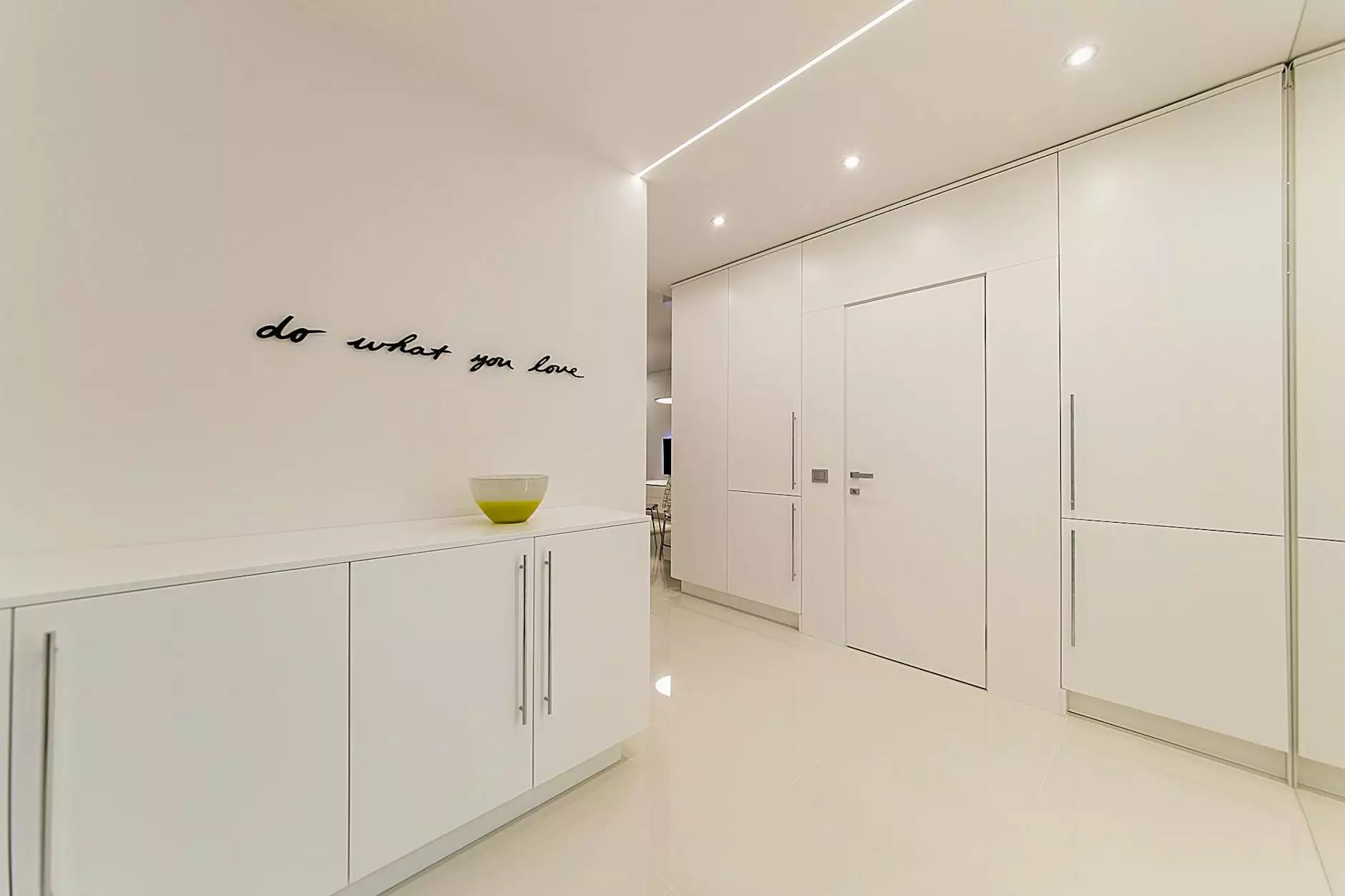Is Sealed Concrete Slippery? A Comprehensive Guide

Concrete flooring has grown increasingly popular in both residential and commercial settings. One of the prevailing questions surrounding this robust material is, “Is sealed concrete slippery?” This article aims to explore this query in depth, offering insight into the dynamics of sealed concrete surfaces, safety considerations, and maintenance practices to enhance traction.
Understanding Sealed Concrete
Sealed concrete is a protective coating applied to concrete surfaces to enhance their durability and aesthetic appeal. This process involves applying a sealant that can either be penetrating or topical, depending on the desired outcome.
Types of Sealants Used
- Pentrating Sealers: These sealers infiltrate the concrete, providing protection against moisture and stains without altering the appearance of the surface.
- Topical Sealers: These create a protective layer on the surface, offering a glossy finish that can enhance the look of the concrete.
- Acrylic Sealers: Often used for decorative concrete, acrylic sealers provide a shiny finish but may contribute to slippage if not managed correctly.
- Epoxy Sealers: Known for their strength, these are suitable for high-traffic areas yet can become slippery when wet.
The Slipperiness of Sealed Concrete
When asking “is sealed concrete slippery?”, it is essential to consider various factors that influence the surface's traction. The type of sealant and the conditions under which the concrete is installed play critical roles.
Factors Contributing to Slipperiness
1. Surface Texture: The texture of the concrete before sealing can heavily influence its slipperiness. Rougher textures generally provide better traction.
2. Sealant Type: As mentioned, the choice of sealant can affect how slick the surface becomes. For instance, topical sealers add a glossy finish that may reduce friction.
3. Moisture Levels: Water, spills, or other liquids on sealed concrete can create a dangerously slippery environment.
4. Wear and Tear: Over time, the polish from topical sealants can wear down, potentially changing the surface’s friction levels.
5. Environmental Conditions: Factors such as temperature, humidity, and presence of debris can significantly affect traction.
Assessing the Slipperiness of Your Concrete
Not all sealed concrete surfaces are created equal. To adequately assess whether your sealed concrete is slippery, consider the following:
1. Conduct a Slip Test
A simple and effective way to evaluate slipperiness is to conduct a slip resistance test. The following method can give you a practical understanding:
- Spray a small amount of water on the surface.
- Walk on the wet surface wearing shoes similar to what would be used regularly.
- Evaluate how much sliding occurs—if your feet slip significantly, caution may be required.
2. Use a Tribometer
This device precisely measures the coefficient of friction of the surface in various conditions. The results will help you determine whether the concrete needs an anti-slip treatment.
Enhancing Traction on Sealed Concrete
If you find your sealed concrete surfaces are slippery, there are multiple strategies you can employ to improve traction and safety.
Anti-Slip Treatments
Applying anti-slip additives to the coating can enhance traction without detracting significantly from the surface's aesthetics. These additives come in various forms such as:
- Granules: They can be mixed with the sealer, creating a textured surface.
- Matte Finishes: Some sealers offer matte or satin finishes that provide grip.
Regular Maintenance
Keeping the surface clean and well maintained can significantly affect its slipperiness. Regularly remove debris, and clean spills immediately to minimize slip hazards.
Use Mats and Runner Rugs
Consider placing mats or runner rugs in areas prone to moisture or high traffic, such as entryways or kitchens. This simple addition can drastically reduce slip risks.
Benefits of Sealed Concrete in Your Home or Business
Beyond the considerations of slipperiness, sealed concrete offers numerous benefits across residential and commercial applications:
1. Durability
One of the primary advantages of sealed concrete is its exceptional durability, making it resistant to wear and tear. This makes it ideal for high-traffic areas.
2. Aesthetic Versatility
Sealed concrete can be finished in numerous ways, providing design flexibility—from polished looks to textured surfaces that mimic other materials.
3. Easy Maintenance
Cleaning sealed concrete is straightforward. Regular sweeping and the occasional mopping can keep it looking pristine without heavy-duty scrubbing or cleaning agents.
4. Cost-Effectiveness
While the upfront cost may seem higher, the longevity and durability of sealed concrete ultimately offer significant cost savings over time, particularly in busy environments.
Conclusion
In summary, the question “is sealed concrete slippery?” hinges on various factors, including the type of sealant used, surface maintenance, and environmental concerns. While it can be slippery under certain circumstances, implementing proper treatments, regular maintenance, and safety measures can significantly enhance traction. Sealed concrete, with its robustness, aesthetic appeal, and ease of maintenance, remains a favored choice for both homes and businesses. If you have further inquiries regarding sealed concrete or are looking to enhance safety in your space, don’t hesitate to reach out to us at ndclean.com.









